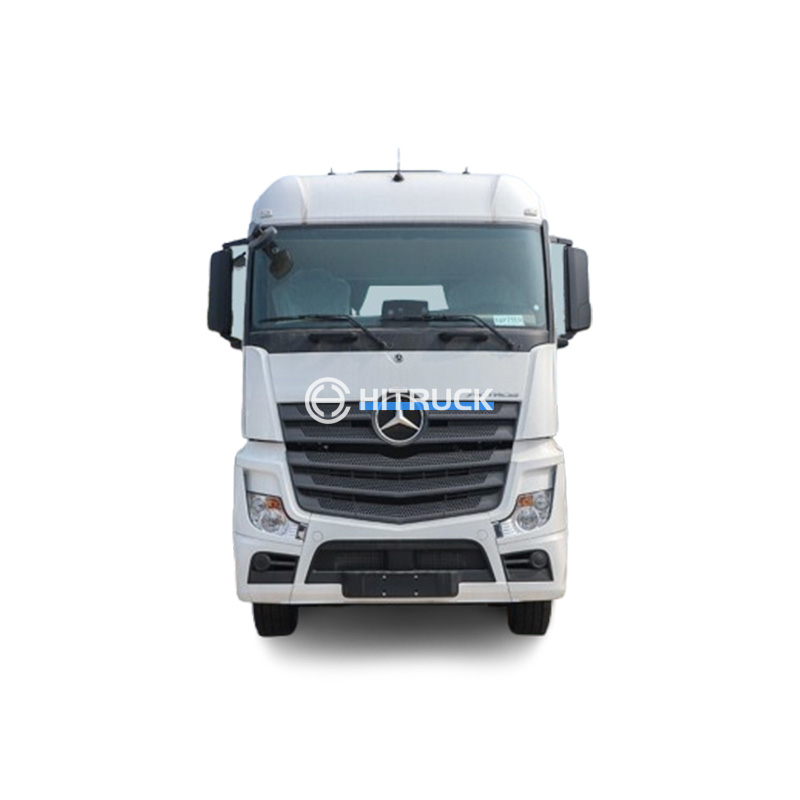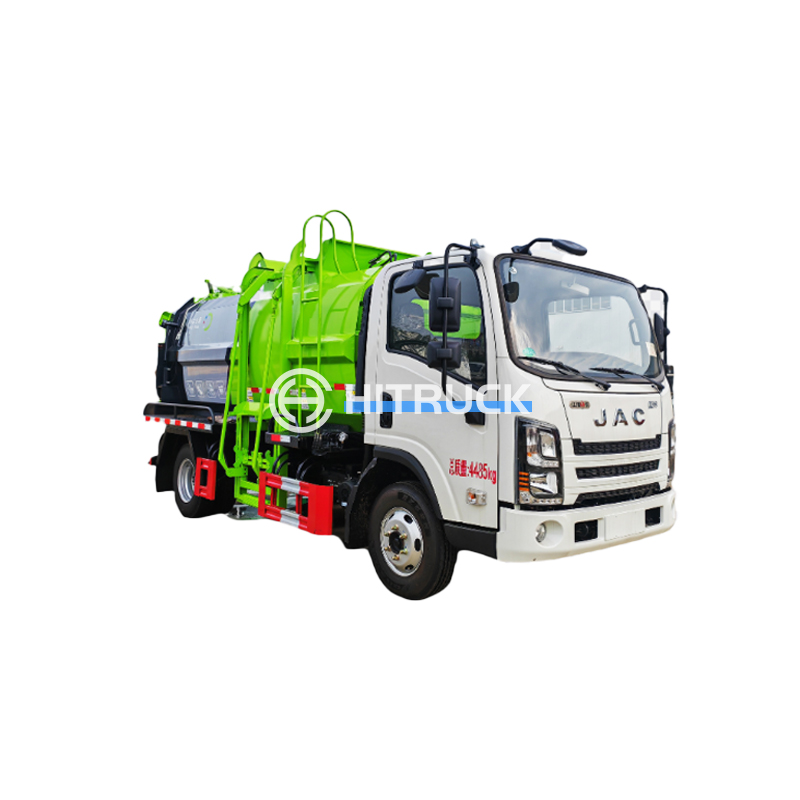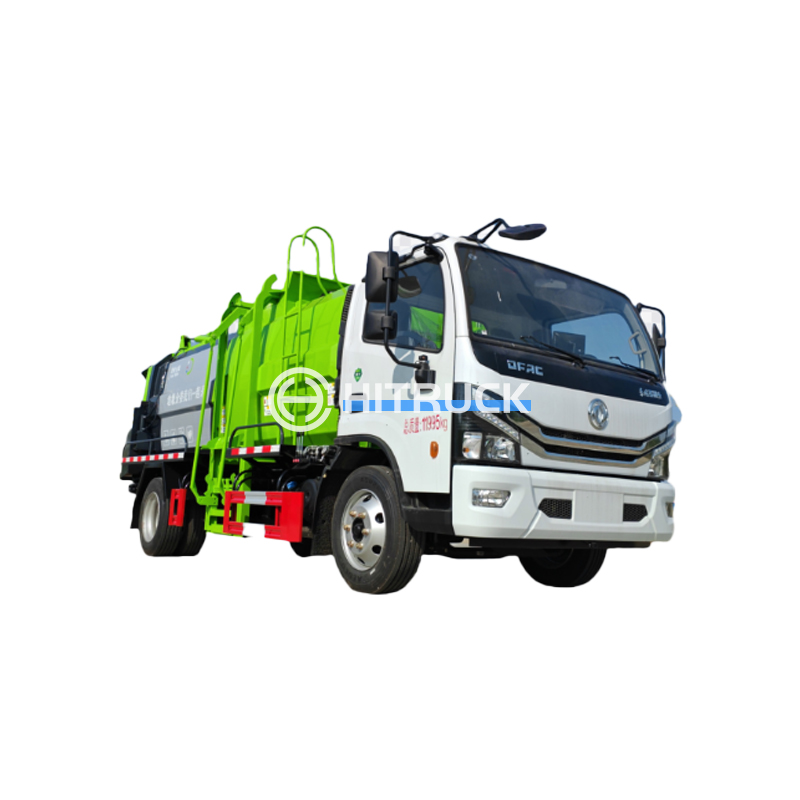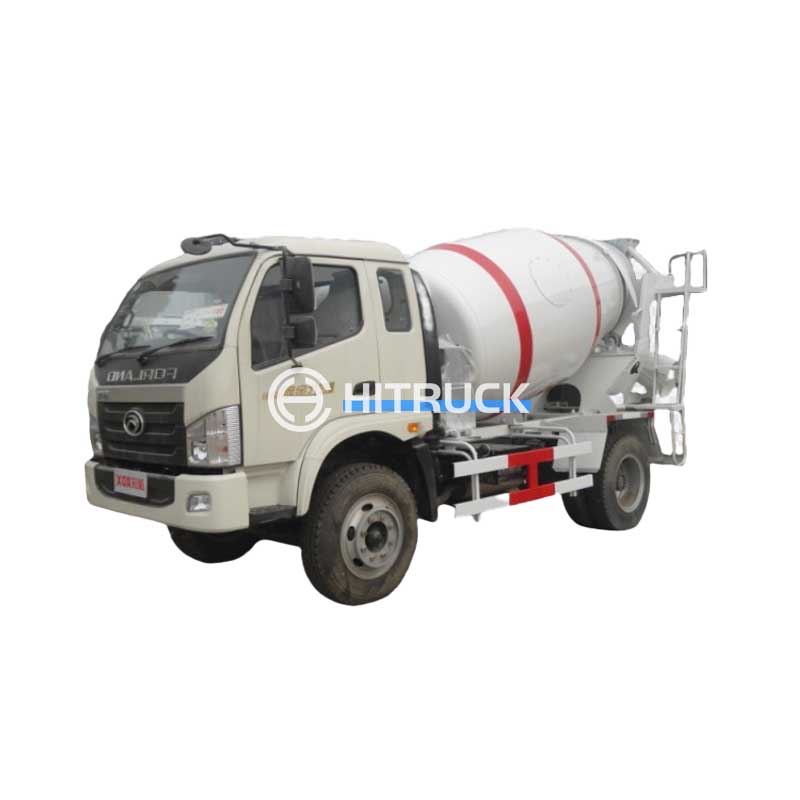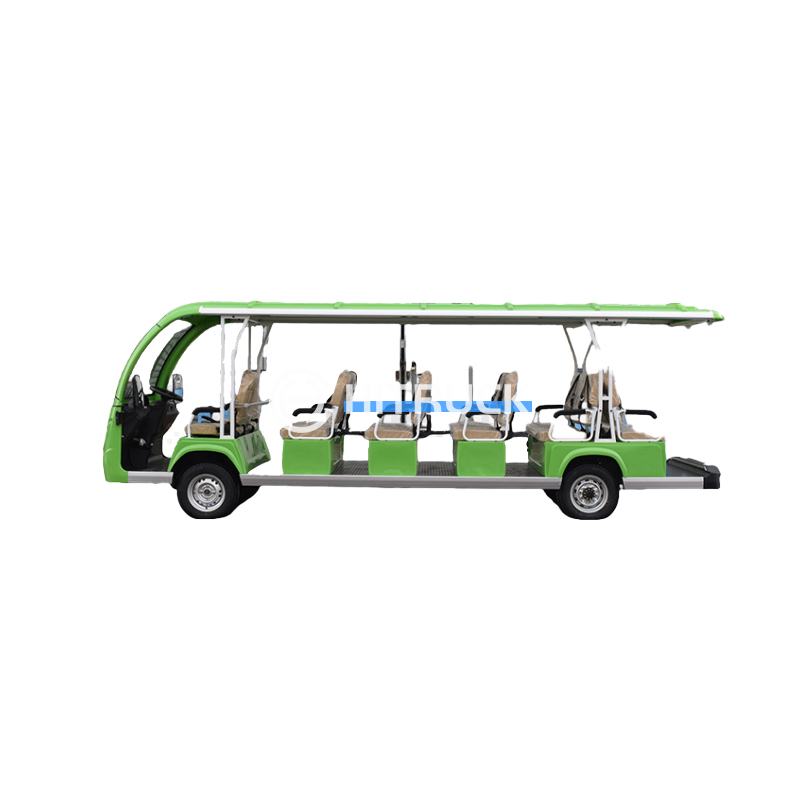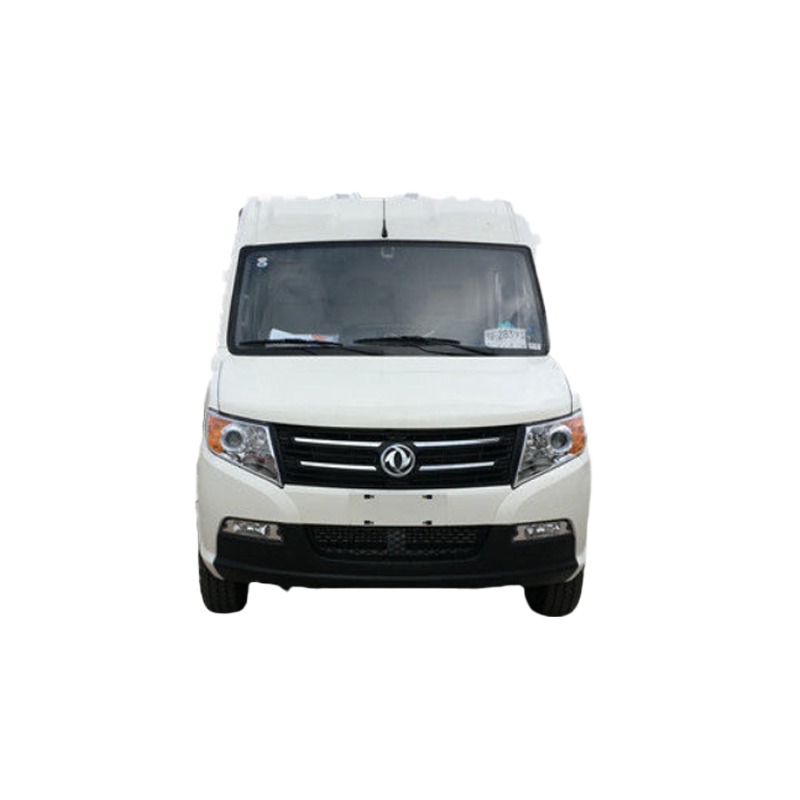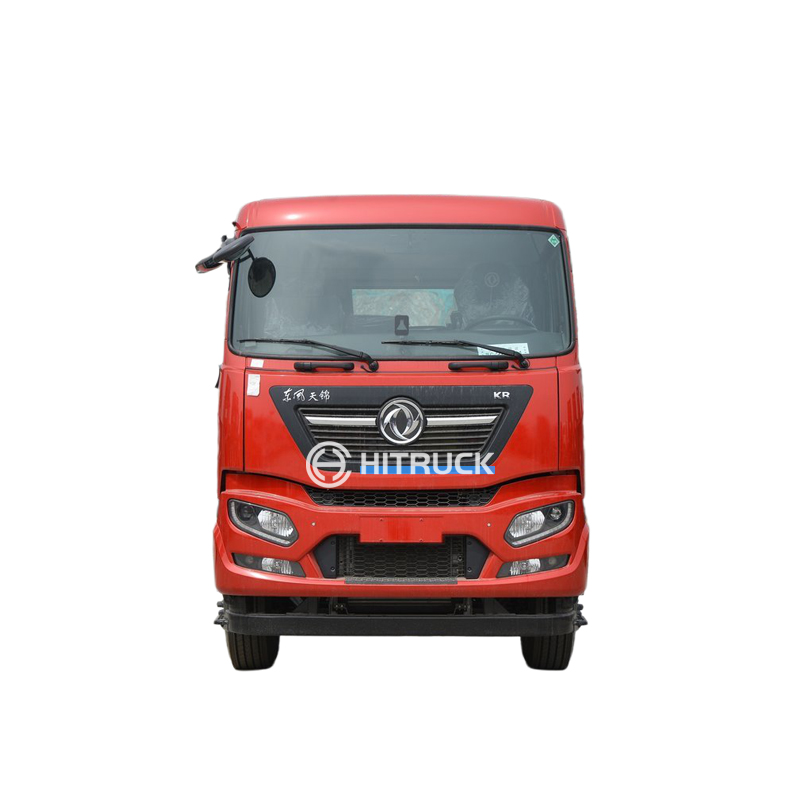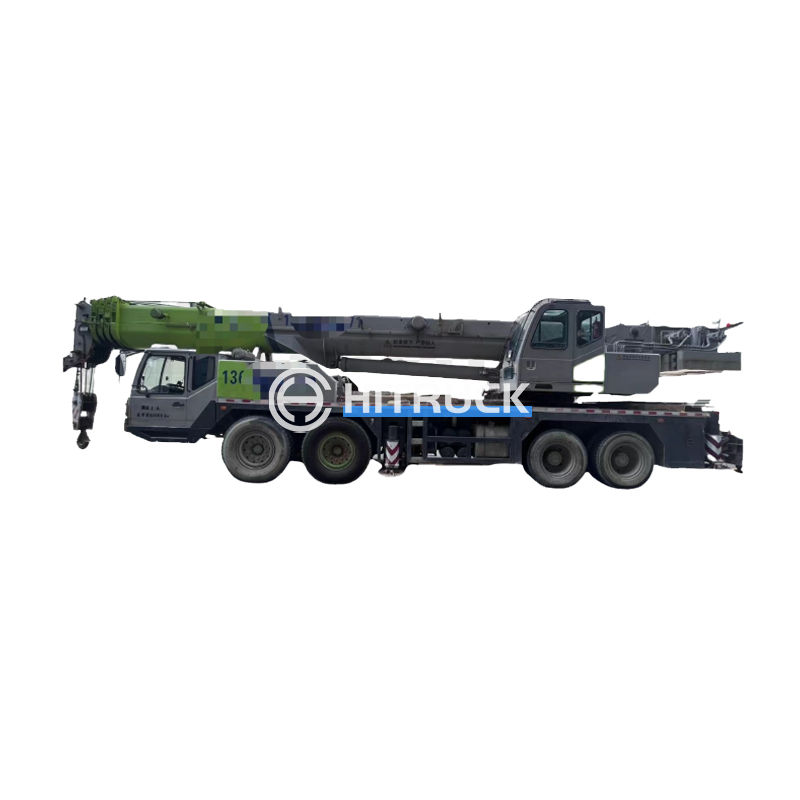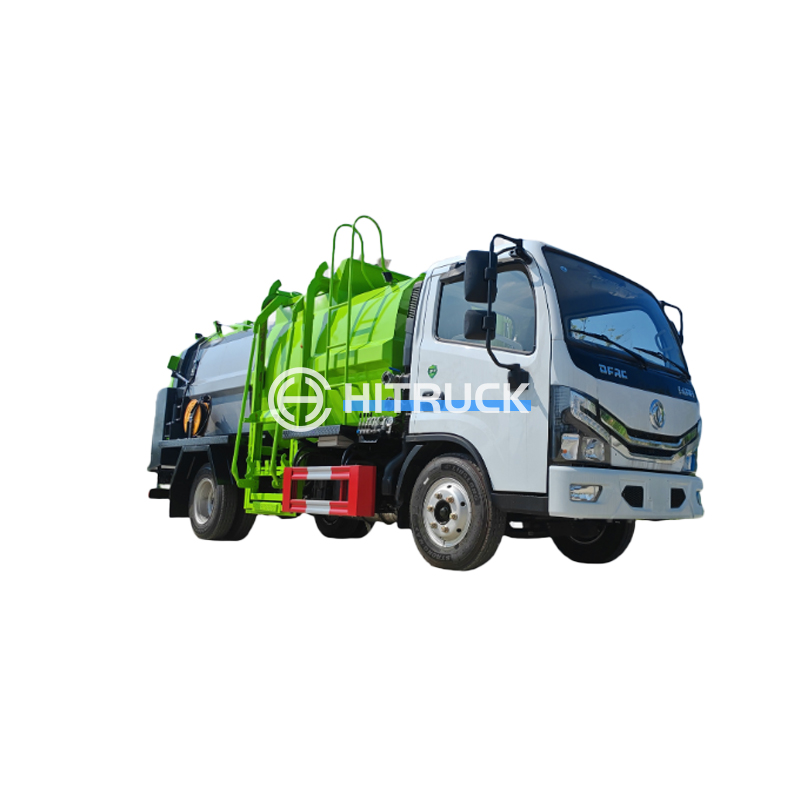This guide provides a detailed overview of aerial ladder fire trucks, covering their design, functionality, types, maintenance, and safety considerations. Learn about the various components, technological advancements, and the crucial role these vehicles play in emergency response. We'll explore the key features that distinguish different models and provide insights into choosing the right aerial ladder fire truck for your specific needs.
An aerial ladder fire truck, also known as a ladder truck or aerial apparatus, is a specialized fire truck equipped with a long, articulated ladder or elevating platform used to reach significant heights. These vehicles are essential for rescuing people from upper floors of buildings, accessing difficult-to-reach areas during fires, and performing various other rescue and firefighting operations. The height and reach capabilities vary greatly depending on the model and manufacturer.
Several key components contribute to the functionality of an aerial ladder fire truck. These include the aerial ladder itself (which can be a telescoping ladder, articulated ladder, or a combination), a powerful pumping system for supplying water to the fire scene, various lighting systems for improved visibility at night, and advanced communication systems to coordinate with other emergency responders. Modern aerial ladder fire trucks also often incorporate cutting-edge technology such as thermal imaging cameras and sophisticated control systems for precise ladder operation.
These ladders extend vertically, offering a significant height advantage in straight-line operations. They are known for their relatively compact size when stowed, making them suitable for navigating narrow streets. However, their maneuverability at full extension can be more limited compared to articulated ladders.
Articulated ladders consist of multiple sections that can bend or pivot, enabling greater flexibility and reach. This allows them to access areas with obstacles and reach over buildings or other obstructions. They are ideal for complex rescue scenarios in urban environments. These often provide a greater reach, but at the cost of increased complexity and potentially slower deployment.
Combining features of both telescoping and articulated ladders, these offer a balance of reach, maneuverability, and versatility, often best suited for larger departments with varied needs.
Selecting the appropriate aerial ladder fire truck involves careful consideration of several factors, including:
Regular and thorough maintenance is critical for the safe and effective operation of an aerial ladder fire truck. This includes routine inspections, preventative maintenance schedules, and prompt repairs of any identified issues. Proper training for operators is paramount to ensure the safe and efficient deployment of the aerial ladder and overall functionality of the truck. The safety of both the operators and the individuals being rescued directly depends on adherence to safety protocols and regular maintenance.
The field of fire truck technology is constantly evolving. Recent advancements include improved ladder control systems, enhanced safety features such as automated stability systems, and the integration of advanced communication and data-gathering capabilities. These advancements contribute to improved rescue capabilities, enhanced safety, and increased efficiency in emergency response.
For high-quality aerial ladder fire trucks and other firefighting equipment, consider exploring reputable manufacturers and suppliers. A reliable source can provide expert advice and support, ensuring you make an informed decision based on your specific requirements. For a wide selection of trucks and related equipment, you might want to check out resources like Suizhou Haicang Automobile sales Co., LTD. They offer a diverse range of vehicles and can assist in finding the best fit for your needs.
| Type | Max Height (ft) | Maneuverability | Cost (approx.) |
|---|---|---|---|
| Telescoping | 100-135 | Moderate | $500,000 - $800,000 |
| Articulated | 100-150+ | High | $700,000 - $1,200,000 |
Note: Cost estimates are approximate and can vary significantly based on specifications and manufacturer.

